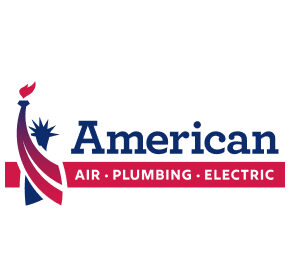It’s the end of November and the temperatures in Central Florida are finally beginning to drop. Hopefully, by now you’ve had your heat pump inspected and you’re getting ready to turn your heat pump on (if you haven’t already!). In the winter, heat pumps operate basically like reverse air conditioners, pulling heat from the outside air and moving it into your home. This allows heat pumps to operate much more efficiently than furnaces and other fuel-burning heat pumps… that is if you use them properly!
Given that heat pumps are continuing to gain traction in Central Florida, it’s common for homeowners to have questions about how they operate. Truth is they’re not that much different than furnaces, but there are some important differences, which tend to confuse many new buyers.
Should my heat pump be saving me money in the winter?
One of the most frequent comments we receive from prospective customers is, “My heat pump is not saving me nearly as much money as I expected”. One of the most frequent findings during our inspection is that whoever installed the pump originally told the homeowner about the backup electric heater, which is referred to as the emergency heater, but unfortunately they didn’t properly explain how to use it. We’ve even had people who upgraded from electric furnaces to heat pumps only to accidentally rely predominantly on their electric backup heaters for simply not knowing any better.
Heating Equipment – Fall Maintenance
During our fall maintenance, your heating equipment will be turned on and inspected, which may sound rather routine but this could spare you the expense of repairing your system when it fails to operate or run smoothly during the cold months. If there is a problem, it’s better to fix it before the problem gets worse. A little preventive maintenance could save a lot of heartache and dollars if a real emergency were to occur. To schedule, heating maintenance contacts us at 888-875-1754.

